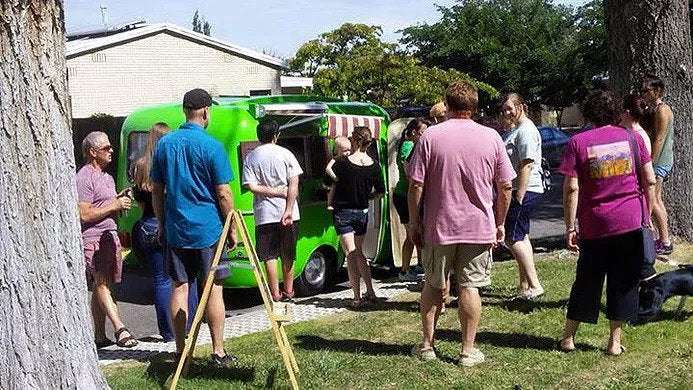Choosing the Right Generator for Your Coffee Truck: Key Considerations
Selecting the right generator for your coffee truck involves understanding your power needs and ensuring you have a reliable, efficient, and practical source of electricity. Here’s a breakdown of what to keep in mind:
1. Peak vs. Continuous Wattage:
Understanding the difference between peak and continuous wattage is crucial. Peak wattage is for equipment that operates intermittently, like espresso grinders, which don’t run continuously. Continuous wattage is required for appliances that need to operate non-stop, such as refrigerators. When selecting a generator, consider both types to ensure it can handle both intermittent and continuous power demands effectively.
So, I like to add up all my continuous wattage first. That’s my baseline. Usually that’s the espresso machine, the fridge, the water pump and possibly the hot water heater.
The coffee pot runs in the morning and the AC runs in the afternoon, so I only count one of those.
The espresso grinder and the blender rarely run at the same time. So, I pick the highest of those.
2. Equipment Usage Patterns:
Evaluate how your equipment is used throughout the day. For instance, coffee pots and air conditioners might not run at the same time—when it’s hot and people switch to iced coffee, your AC will need more power. Plan your generator’s capacity based on the peak load and the times when different equipment is in use to ensure efficient power distribution.
Coffee pot vs AC
Espresso grinder vs Blender
Espresso Machine vs Hot Water Heater
3. Noise Levels:
Noise can impact customer experience and compliance with local regulations. Look for a generator with a noise level below 65 dB, ideally closer to 60 dB. Noise levels increase exponentially, so a quieter generator significantly reduces disturbances, creating a more pleasant environment for your customers and reducing operational stress.
4. Fuel Tank Size:
Choose a generator with a large fuel tank to minimize the need for frequent refueling. A bigger tank ensures longer run times and fewer interruptions, which is essential for smooth and uninterrupted service during busy periods.
5. Outlet Configuration:
Ensure the generator has the appropriate outlet configuration to accommodate all your equipment. Some generators might offer high total wattage but limited outlet types or capacities, which can lead to issues if the outlets cannot handle your power needs effectively. Verify that the generator’s outlets can support your equipment’s requirements.
6. Return Policy and Support:
Opt for a generator with a reliable return policy and accessible support options. Having a backup plan is important in case the generator encounters issues. Quick replacements or repairs ensure minimal downtime and keep your business running smoothly.

